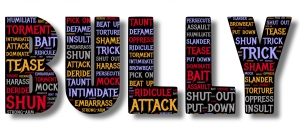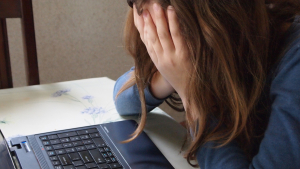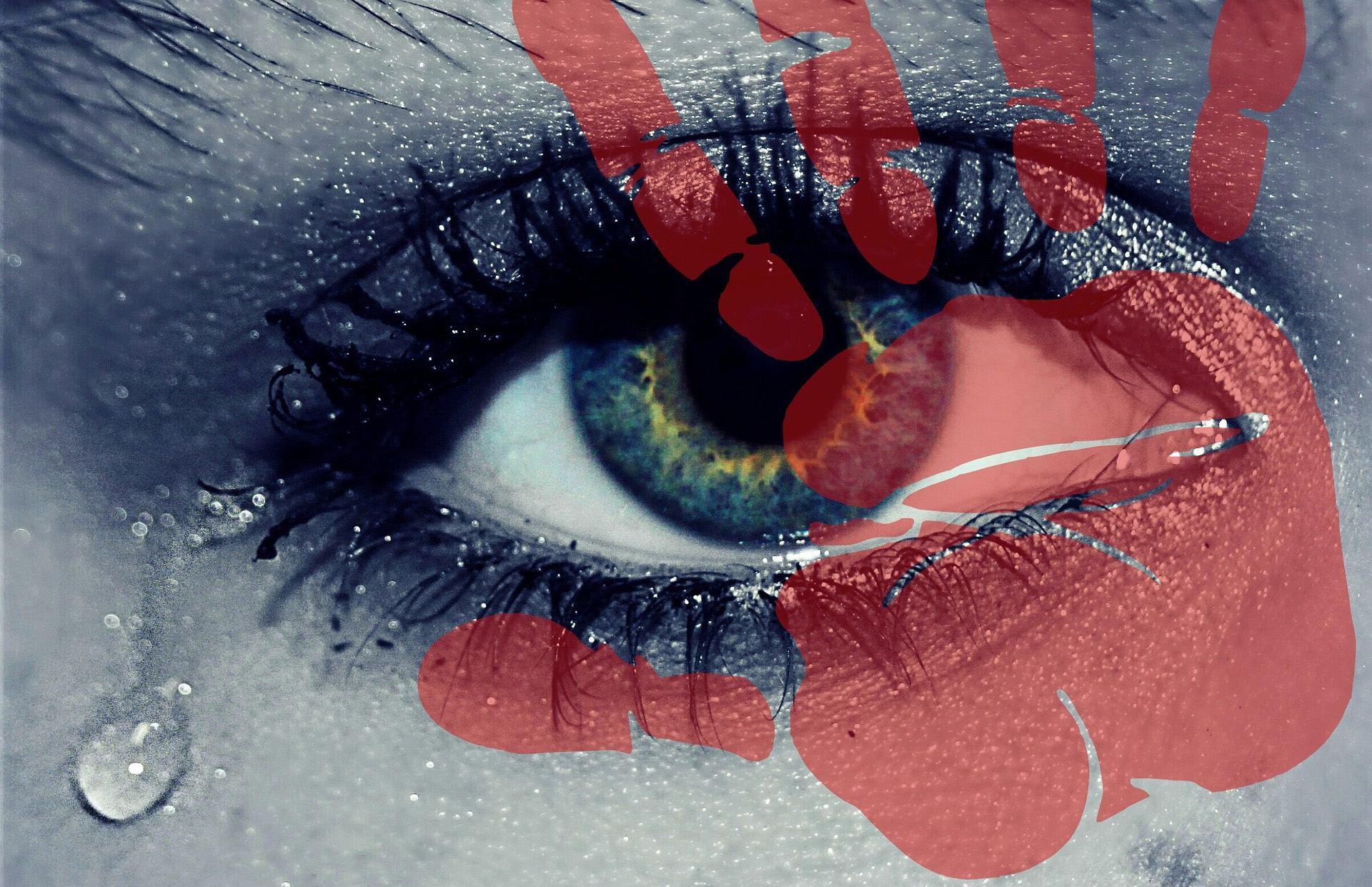Being bullied at school can be a horrific experience for a child to go through; being attacked for who they are can leave devastating effects on a child’s mental health. The rejection, fear and self-hate that comes with it can follow them into adulthood. The NSPCC describes bullying as behaviour that causes hurt; such as name calling, hitting, pushing, spreading rumours, threats or attempts to undermine the child. It can happen anywhere, at school, at home or online. Bullying normally occurs over a long period of time, as the bullies try to isolate their victim and chip away at his/her self-esteem.
 Bullying that happens online, using social networks, games and mobile phones, is often called cyberbullying. This type of bullying is becoming increasingly common; there were over 12,000 counselling sessions with young people who talked to Childline about online issues last year. With cyberbullying a child can feel like there’s no escape because it can happen wherever they are, at any time of day or night. With the technology culture that we live in, children can access their social media accounts from multiple mediums, meaning that they literally can’t get away from the abuse. There is no safe place left for them.
Bullying that happens online, using social networks, games and mobile phones, is often called cyberbullying. This type of bullying is becoming increasingly common; there were over 12,000 counselling sessions with young people who talked to Childline about online issues last year. With cyberbullying a child can feel like there’s no escape because it can happen wherever they are, at any time of day or night. With the technology culture that we live in, children can access their social media accounts from multiple mediums, meaning that they literally can’t get away from the abuse. There is no safe place left for them.
Bullying can include:
- verbal abuse, such as name calling and gossiping
- non-verbal abuse, such as hand signs or text messages
- emotional abuse, such as threats, intimidation or humiliation
- exclusion, such as ignoring or isolating someone
- undermining, by constant criticism or spreading rumours
- controlling or manipulating someone
- racial, sexual or homophobic abuse
- physical assaults, such as hitting and pushing
- making silent, hoax or abusive calls
- online or cyberbullying.
Cyberbullying
Cyberbullying can include spreading rumours about someone, or posting nasty or embarrassing messages, images or videos. There have been cases of bullies creating pages on social media dedicated to making a child’s life miserable; these pages and posts on social media can go viral, so it’s not just other children at school posting on the page and commenting, but other children from surrounding areas.
Children may know who’s bullying them online – it may be an extension of offline peer bullying – or they may be targeted by someone using a fake or anonymous account. It’s easy to be anonymous online and this can make targeting and bullying quite straightforward for someone who wants to deliberately hurt people.
Cyberbullying includes:
- sending threatening or abusive text messages
- creating and sharing embarrassing images or videos
- ‘trolling’ – the sending of menacing or upsetting messages on social networks, chat rooms or online games
- excluding children from online games, activities or friendship groups
- setting up hate sites or groups about a particular child
- encouraging young people to self-harm
- voting for or against someone in an abusive poll
- creating fake accounts, hijacking or stealing online identities to embarrass a young person or cause trouble using their name
- sending explicit messages, also known as sexting
- pressuring children into sending sexual images or engaging in sexual conversations.
Signs to look out for
It can be hard for adults, including parents, to know whether or not a child is being bullied. A child might not tell anyone because they’re scared the bullying will get worse, they might think that they deserve to be bullied, or that it’s their fault.
We can’t always see the signs of bullying. And no one sign indicates for certain that a child is being bullied. But some of the things you should look out for are:
- belongings getting “lost” or damaged
- physical injuries such as unexplained bruises
- being afraid to go to school, being mysteriously ‘ill’ each morning, or skipping school
- not doing as well at school
- asking for, or stealing, money (to give to a bully)
- being nervous, losing confidence, or becoming distressed and withdrawn
- problems with eating or sleeping
- bullying others.
The impact of being bullied
 Bullying can have devastating effects which can last into adulthood. At its worst, bullying has driven children and young people to self-harm and even suicide.
Bullying can have devastating effects which can last into adulthood. At its worst, bullying has driven children and young people to self-harm and even suicide.
Children and young people who are bullied are more at risk of developing mental health problems, including depression and anxiety. Children at the highest risk are those who are both bullied, and who bully others (Victoria Department of Education and Early Childhood Development, 2013; NICHD, 2012).
All children who are affected by bullying can suffer harm – whether they are bullied, they bully others or they witness bullying.
Children who are bullied:
- have fewer friendships
- aren’t accepted by their peers
- are wary and suspicious of others
- have problems adjusting to school, and don’t do as well.
Children and young people who bully are at increased risk of:
- substance misuse
- academic problems
- violent behaviour in later life.
Children who witness bullying may show similar signs as children who are being bullied. They may:
- become reluctant to go to school
- be frightened or unable to act
- feel guilty for not doing anything to help.
- Nearly all children will be affected by bullying in some way. They might be a victim of bullying, they might bully others, or they may witness bullying.
- Even if they aren’t directly affected, it’s likely they’ll know another child who is bullied or who bullies others.
Any child can be bullied for any reason. If a child is seen as different in some way, or seen as an easy target they can be more at risk. This is what makes bullying such a personal attack, the child is being singled out for being themselves; they cannot change, though some try. Children have so little control over their lives anyway, bullying leaves them with absolutely no control. As a result, children try to cope with things they can control like self-harming, controlling what they eat, and how they act around people. These behaviours most children take with them into adulthood.


Leave a Reply